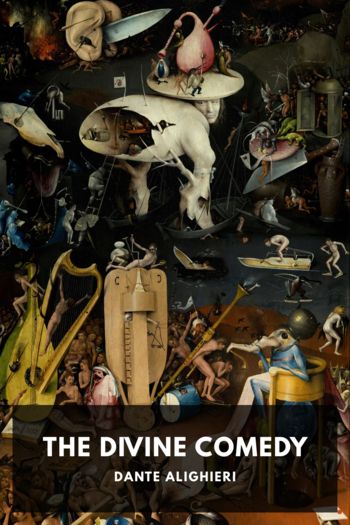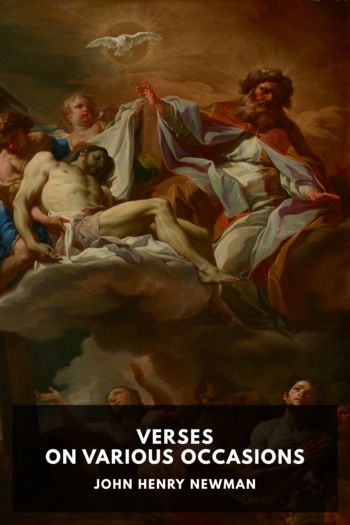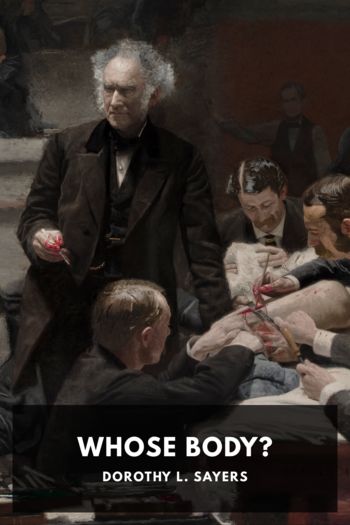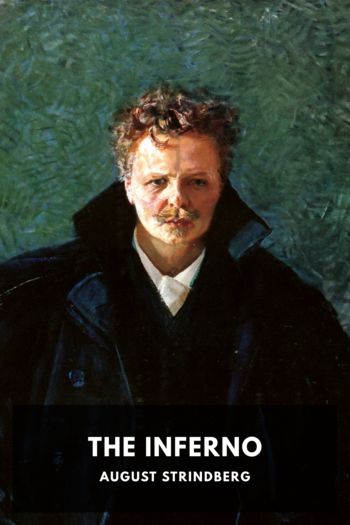The Divine Comedy, Dante Alighieri [best thriller novels of all time TXT] 📗

- Author: Dante Alighieri
Book online «The Divine Comedy, Dante Alighieri [best thriller novels of all time TXT] 📗». Author Dante Alighieri
↩
In this canto Beatrice appears.
The Seven Stars, or Septentrion of the highest heaven, are the seven lights that lead the procession, the seven gifts of the Holy Ghost, by which all men are guided safely in things spiritual, as the mariner is by the Septentrion, or Seven Stars of the Ursa Minor, two of which are called the “Wardens of the Pole,” and one of which is the Cynosure, or Pole Star. These lights precede the triumphal chariot, as in our heaven the Ursa Minor precedes, or is nearer the centre of rest, than the Ursa Major or Charles’s Wain.
In the Northern Mythology the God Thor is represented as holding these constellations in his hand. The old Swedish Rhyme Chronicle, describing the statues in the church of Upsala, says:—
“The God Thor was the highest of them;
He sat naked as a child,
Seven stars in his hand and Charles’s Wain.
Spenser, Faerie Queene, I ii 1:—
“By this the northern wagoner had set
His sevenfold teme behind the steadfast starre
That was in ocean waves yet never wet,
But firme is fixt, and sendeth light from farre
To all that in the wide deep wandering arre.”
↩
Song of Solomon 4:8:—
“Come with me from Lebanon, my spouse, with me from Lebanon.”
↩
At the voice of so venerable an old man. ↩
The cry of the multitude at Christ’s entry into Jerusalem. Matthew 21:9:—
“Blessed is he that cometh in the name of the Lord.”
↩
Aeneid, VI 833:—
“Give me lilies in handfuls; let me scatter purple flowers.”
↩
Milton, Paradise Lost, I 194:—
“As when the sun new-risen
Shines through the horizontal misty air
Shorn of his beams.”
↩
It will be observed that Dante makes Beatrice appear clothed in the colors of the three Theological Virtues described in Canto XXIX 121. The white veil is the symbol of Faith; the green mantle, of Hope; the red tunic, of Charity. The crown of olive denotes wisdom. This attire somewhat resembles that given by artists to the Virgin. “The proper dress of the Virgin,” says Mrs. Jameson, Legends of the Madonna, Introd., LIII, “is a close, red tunic, with long sleeves, and over this a blue robe or mantle. … Her head ought to be veiled.” ↩
Beatrice had been dead ten years at the date of the poem, 1300. ↩
Fully to understand and feel what is expressed in this line, the reader must call to mind all that Dante says in the Vita Nuova of his meetings with Beatrice, and particularly the first, which is thus rendered by Mr. Norton in his New Life of Dante, p. 20:—
“Nine times now, since my birth, the heaven of light had turned almost to the same point in its gyration, when first appeared before my eyes the glorious lady of my mind, who was called Beatrice by many who did not know why they thus called her. She had now been in this life so long, that in its course the starry heaven had moved toward the east one of the twelve parts of a degree; so that about the beginning of her ninth year she appeared to me, and I near the end of my ninth year saw her. She appeared to me clothed in a most noble color, a becoming and modest crimson, and she was girt and adorned in the style that became her extreme youth. At that instant, I say truly, the spirit of life, which dwells in the most secret chamber of the heart, began to tremble with such violence, that it appeared fearfully in the least pulses, and, trembling, said these words: Ecce deus fortior me, qui veniens dominabitur mihi! ‘Behold a god, stronger than I, who,





Comments (0)